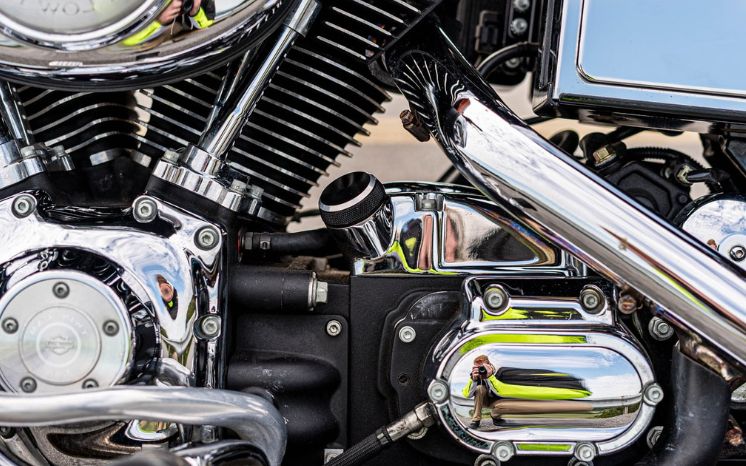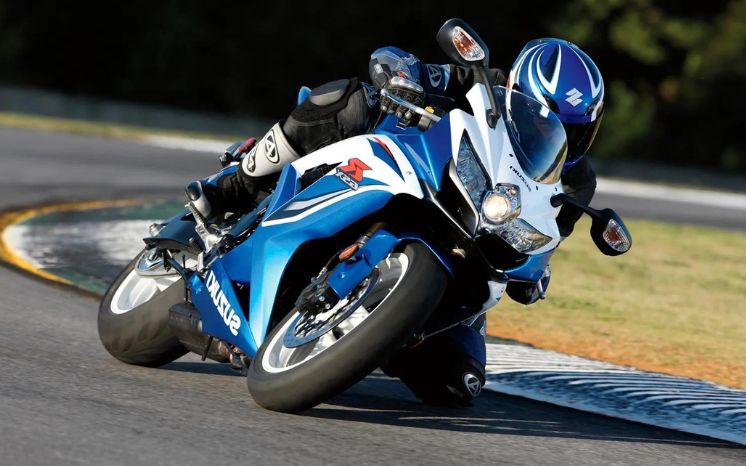In the world of motorcycles, the term “rectifier” often crops up, leaving many to ask, “What does a rectifier do on a motorcycle?”
This query is an essential one, particularly for those who wish to understand their vehicles more comprehensively. As we delve into the role and significance of the rectifier, we will explore its various facets.
The motorcycle’s rectifier, a seemingly small piece of machinery, plays a crucial role in the overall functionality of the vehicle. It’s an integral part of the motorcycle’s electrical system, which, in turn, is pivotal in ensuring a smooth and efficient ride.
So, as we delve into the mechanics of a motorcycle, keep this question in mind: “What does a rectifier do on a motorcycle?” This exploration will offer insights into not just the mechanical aspect, but also the vital role it plays in your riding experience.
What Does A Rectifier Do On A Motorcycle?
A rectifier is an electrical component that converts alternating current (AC) into direct current (DC). In simpler terms, it takes the fluctuating electrical energy produced by the motorcycle’s engine and converts it into a steady flow of electricity.
This converted DC power is essential for several components of the motorcycle, including the battery and the spark plugs. Without a rectifier, the motorcycle’s electrical system would not function correctly, resulting in potential breakdowns and ride disruptions.
But that’s not all – a rectifier also has another critical role to play. It regulates the amount of electricity flowing through the motorcycle, ensuring that it stays within safe limits. This regulation is crucial as excess electricity can damage not just the electrical components of the motorcycle but also pose a threat to the rider’s safety.
As riders, we often take our motorcycles for granted. But every time we hit that ignition switch and hear the roar of our engines, it’s thanks in part to the rectifier that ensures a consistent flow of electricity.
So, what happens if a rectifier fails? Well, without it, the battery won’t charge correctly, and the spark plugs won’t receive enough power to ignite the fuel-air mixture. This can result in a motorcycle that either won’t start or runs inefficiently.
In conclusion, while seemingly small and unassuming, the rectifier plays a pivotal role in keeping your motorcycle running smoothly and efficiently. From converting AC to DC to regulating electricity flow, it’s a crucial component that demands attention and maintenance. So, the next time you fire up your motorcycle, remember to ask yourself, “What does a rectifier do on a motorcycle?” – because now you know the answer. Words: 386 End of text.
See more: History Of The Enduro Motorcycle
How To Maintain And Care For Rectifier

As with any vital component of a motorcycle, taking care of the rectifier is crucial to ensure its proper functioning. Here are a few tips on how to maintain and care for your motorcycle’s rectifier:
- Regular Inspection: Make it a habit to visually inspect your motorcycle’s electrical components regularly. Look out for any signs of wear and tear, loose connections, or corrosion. If you spot any issues, address them immediately.
- Keep It Clean: Ensure that the rectifier is free from dirt and debris, as this can affect its functioning. Regularly clean it with a cloth or brush to remove any build-up.
- Check The Voltage Output: Using a voltmeter, check the voltage output of your motorcycle’s rectifier. A healthy reading would be between 13.5 and 14.5 volts.
- Keep It Cool: The rectifier is susceptible to heat damage, so avoid parking your motorcycle in direct sunlight or near hot engine parts.
- Follow Manufacturer’s Guidelines: Always refer to the manufacturer’s guidelines for maintenance and care instructions specific to your motorcycle model.
By following these simple tips, you can ensure that your motorcycle’s rectifier remains in excellent working condition and continues to perform its essential functions without any interruptions.
Common Motorcycle Rectifier Problems And Solutions
Despite regular maintenance and care, issues with the motorcycle’s rectifier can still occur. Here are some common problems you may encounter and their potential solutions:
- Overheating: As mentioned earlier, excessive heat can damage the rectifier. If your motorcycle is prone to overheating, consider installing a heat shield to protect the rectifier.
- Short Circuits: Faulty wiring or improper installation can lead to short circuits in the rectifier. Make sure all connections are secure and correctly placed.
- Burned Out Rectifier: If your motorcycle suddenly stops charging, it may be due to a burned-out rectifier. In this case, it will need to be replaced.
- Battery Drain: A faulty rectifier can also cause the motorcycle battery to drain quickly. This may be due to overcharging or a short-circuit in the rectifier.
When faced with any of these issues, it’s best to seek the assistance of a professional mechanic. They will have the necessary expertise and tools to diagnose and repair any rectifier problems effectively.
FAQs
Motorcycle enthusiasts often have questions about various parts of their bikes, especially the electrical components. The rectifier, a complex yet vital part, often sparks curiosity due to its important role. Here are some frequently asked questions about motorcycle rectifiers.
What are the signs of a failing rectifier?
A failing rectifier often gives off several signals. The most common one is the battery losing charge quickly or not charging at all. Another sign is the headlights dimming, especially when the motorcycle is idling. Moreover, the engine might misfire, or the motorcycle could have difficulty starting.
If a rectifier is malfunctioning, the heat generated can cause the wires to become very hot, which can be dangerous. In some cases, you might also notice a burning smell. It’s important to check your motorcycle regularly for these signs, and if you notice any of them, it’s best to have your bike inspected by a professional mechanic as soon as possible.
How long does a motorcycle rectifier typically last?
The lifespan of a motorcycle rectifier can vary greatly depending on several factors. These include the make and model of your motorcycle, how you ride, and most importantly, how well you maintain the rectifier.
With regular inspection and proper upkeep, a rectifier can last for many years. However, if it’s neglected or exposed to extreme conditions, its lifespan could be significantly shortened. On average, with good care and barring any unforeseen issues, a motorcycle rectifier should last between 3-5 years. It’s essential to remember that this is just an average, and individual cases may vary.
Can I replace a motorcycle rectifier myself?
Replacing a rectifier by yourself is possible, but it’s recommended only if you have a sound understanding of motorcycle mechanics. You’ll need to disconnect the battery, remove the old rectifier, and install the new one, ensuring all wires are correctly connected.
If you’re not comfortable with this, it’s always safer to take your motorcycle to a professional. They’ll have the right tools and knowledge to replace the rectifier correctly. Remember, trying to replace the rectifier yourself without adequate knowledge could result in damage to your motorcycle or even personal injury.
Final Thought
Understanding the function of the rectifier in your motorcycle is key to maintaining its performance and longevity. This small but vital component plays a significant role in the smooth running of your bike, converting AC to DC and ensuring your battery remains charged.
Regular maintenance and adherence to manufacturer guidelines can prevent many common rectifier issues. However, like all mechanical components, rectifiers are subject to wear and tear, and problems may arise over time.
When faced with a potentially faulty rectifier, seeking professional advice is always recommended. While some adept riders may feel confident in tackling rectifier problems themselves, the average motorcycle owner may lack the necessary knowledge and tools.
In conclusion, asking the question, “What does a rectifier do on a motorcycle?” is the first step towards understanding and caring for this essential component. By valuing and maintaining your rectifier, you ensure a smoother ride and potentially save on future repair costs.
